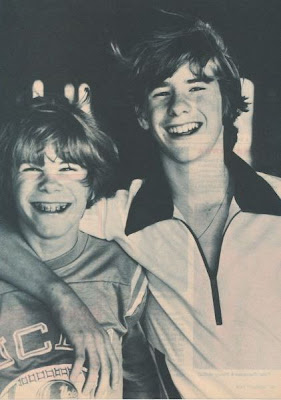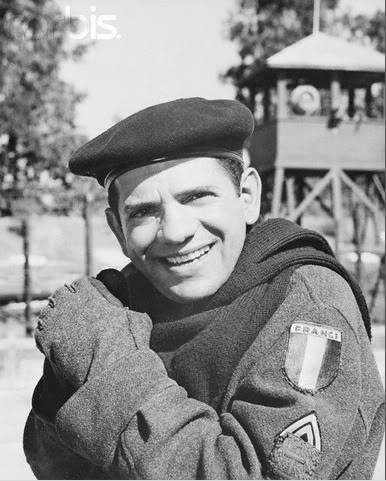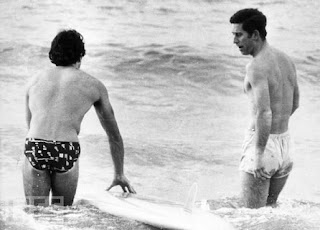 When I was a kid, I hated variety shows like Carol Burnett. even though the dancers wore tight pants. So I tried my best to avoid the several thousand comedy-variety hours that populated the late 1970s.
When I was a kid, I hated variety shows like Carol Burnett. even though the dancers wore tight pants. So I tried my best to avoid the several thousand comedy-variety hours that populated the late 1970s. But sometimes it was impossible. They kept featuring movie superstars, or they were squeezed in between shows I wanted to watch, or my brother, a big fan of 1970s music, thought they were cool.
After a tv special in November 1976, The Brady Bunch Variety Hour appeared in January 1977. It was a must-see because I wanted to know how the Brady kids had grown up. Barry Williams and Christopher Knight were dreamy, of course, but the big surprise was Mike Lookinland, still a kid when The Brady Bunch ended, but now, three years later, grown into a teenage hunk who was poured into his white leisure suit. Bobby Brady is packing!
You could almost overlook the tacky costumes, weird numbers ("Do the Hustle") and crazy plot twists (Lee Majors and Farrah Fawcett asleep in the Brady living room?).
And the 1970s guest stars they kept trotting out to boost ratings: Vincent Price, H.R. Pufnstuf, The Hudson Brothers, Paul Williams.
But really it was about the blossoming of Michael Lookinland.
By the way Michael was the only Brady to do a lot of non-Brady projects during the 1970s, including The Mighty Isis with Tommy Norden of Flipper, a Disney movie with Mitch Vogel, and this commercial, apparently about putting him into the tighest pants they could find.
On Saturday mornings in 1974, after Shazam!, there was nothing on but The Pink Panther and the laughtrack-infused Hudson Brothers Razzle Dazzle Show, starring three middle-aged men with blatant bulges and disco shirts opened to reveal slim hairy chests.
About those bulges....the one on the right might as well be naked. You know exactly what he's packing.
The Hudson Brothers, Bill, Brett, and Mark, had some minor hits such as "So You Are a Star" and "The Truth About Us," but in the Leif Garrett era they weren't pretty or androgynous enough to draw a lot of teen idol attention, even though they made a whopping 16 episodes.
Brett, the youngest of the group (only 24 in 1977) has been the subject of some gay rumors.
The Keane Brothers had the opposite problem -- they were aged 11 and 12 when their show (called The Keane Brothers, naturally) appeared in the summer of 1977. The youngest kids ever to host a prime-time variety series, they were too young for most teenagers to consider adequately dreamy.
How did they get big names like Burt Reynolds, Betty White, and Andy Williams to guest star?
And whose idea was it to put them up against Donny & Marie on Friday nights? No wonder they just lasted four episodes.
Teen magazines sort of skipped over them. I don't know what this photo is about. Maybe the photographer talked Tom into a shirtless shot, but he chickened out at the last minute.
And then there was Tony Orlando and Dawn, The Bay City Rollers Show, Sonny and Cher, The John Davidson Show, The Jacksons, Shields and Yarnell, Pink Lady and Jeff.
See also: The Brady Bunch Dad
























